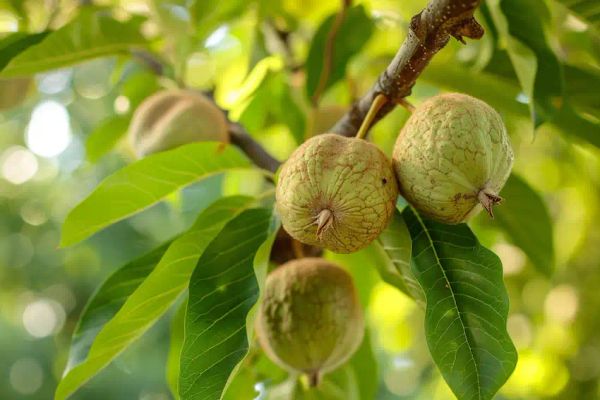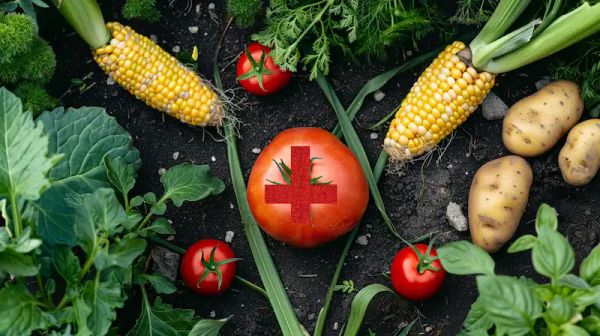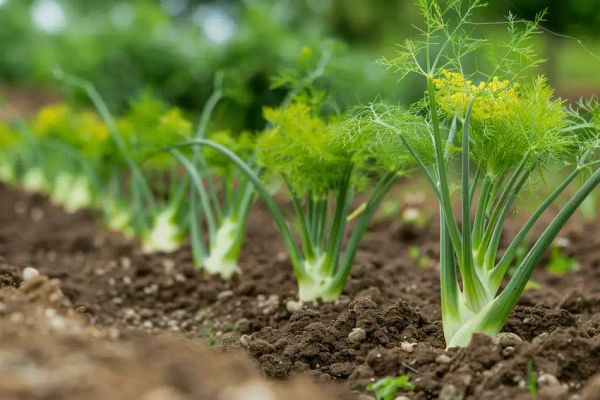Tomatoes are such a wonderful addition to any home garden. They’re versatile, and it feels so rewarding to grow them. However, not all plants are tomato-friendly. Some can hinder growth, attract pests, or even cause disease. So, here’s a handy guide to seven plants you should keep away from your tomatoes and why. By doing so, you can ensure your tomatoes thrive!
1. Black Walnut

Why to Avoid: Black walnut trees produce juglone, a chemical that is toxic to many plants, including tomatoes. It’s present in all parts of the tree, but particularly in the roots, leaves, and nut hulls.
Impact: Juglone can cause wilting, stunted growth, and even death in tomatoes.
2. Corn
Why to Avoid: Corn and tomatoes share common pests, like the corn earworm (also known as the tomato fruitworm).
Impact: Planting these two crops close together can result in a higher concentration of pests, leading to more damage for both crops. To learn more about companion planting, check out the secrets of companion planting.

3. Kohlrabi
Why to Avoid: Kohlrabi competes aggressively with tomatoes for nutrients in the soil, stunting the growth of both plants.
Impact: Both plants may end up undernourished, resulting in poor yields.
4. Potatoes
Why to Avoid: Potatoes and tomatoes are part of the nightshade family and are susceptible to the same blight, which can devastate both crops.
Impact: If one plant gets infected, the disease can quickly spread to the other, putting both crops at risk.
5. Fennel

Why to Avoid: Fennel roots secrete a substance that inhibits tomato growth, as well as the growth of other plants.
Impact: Tomatoes near fennel may not grow as vigorously or produce as many fruits due to this allelopathic interference.
6. Cabbage
Why to Avoid: Cabbage and its relatives, like broccoli and cauliflower, attract similar pests as tomatoes, such as aphids and flea beetles.
Impact: Having these pests around can be even worse for tomatoes if they are planted near cabbage, as the pests can cause more harm.
7. Dill
Why to Avoid: While young dill plants can be beneficial, mature dill secretes substances that can harm tomato plants.
Impact: Older dill plants can stunt tomato growth, and having them nearby can be detrimental to the health of your tomatoes. For more information on planting strategies, check out the ultimate companion planting guide.
General Tips for Planting Near Tomatoes
Companion Planting: Instead of these plants, consider growing basil, marigolds, or garlic near your tomatoes. These plants can repel pests and enhance growth.
Spatial Arrangement: Make sure there is enough space between your tomato plants and potentially harmful neighbors. This helps prevent root conflicts and minimizes the transmission of diseases.
Monitoring and Maintenance: Regularly check your tomato plants for signs of stress or disease. Practice crop rotation to keep the soil healthy and nutrient-rich.
Cultivating a Thriving Tomato Garden
Choosing the right companions for your tomatoes can make a big difference in their health and productivity. By avoiding these seven plants, you can minimize the risks of pests and diseases and ensure a bountiful tomato harvest. For more insights on plant compatibility, also consider reading about plants to avoid near your eggplants.




